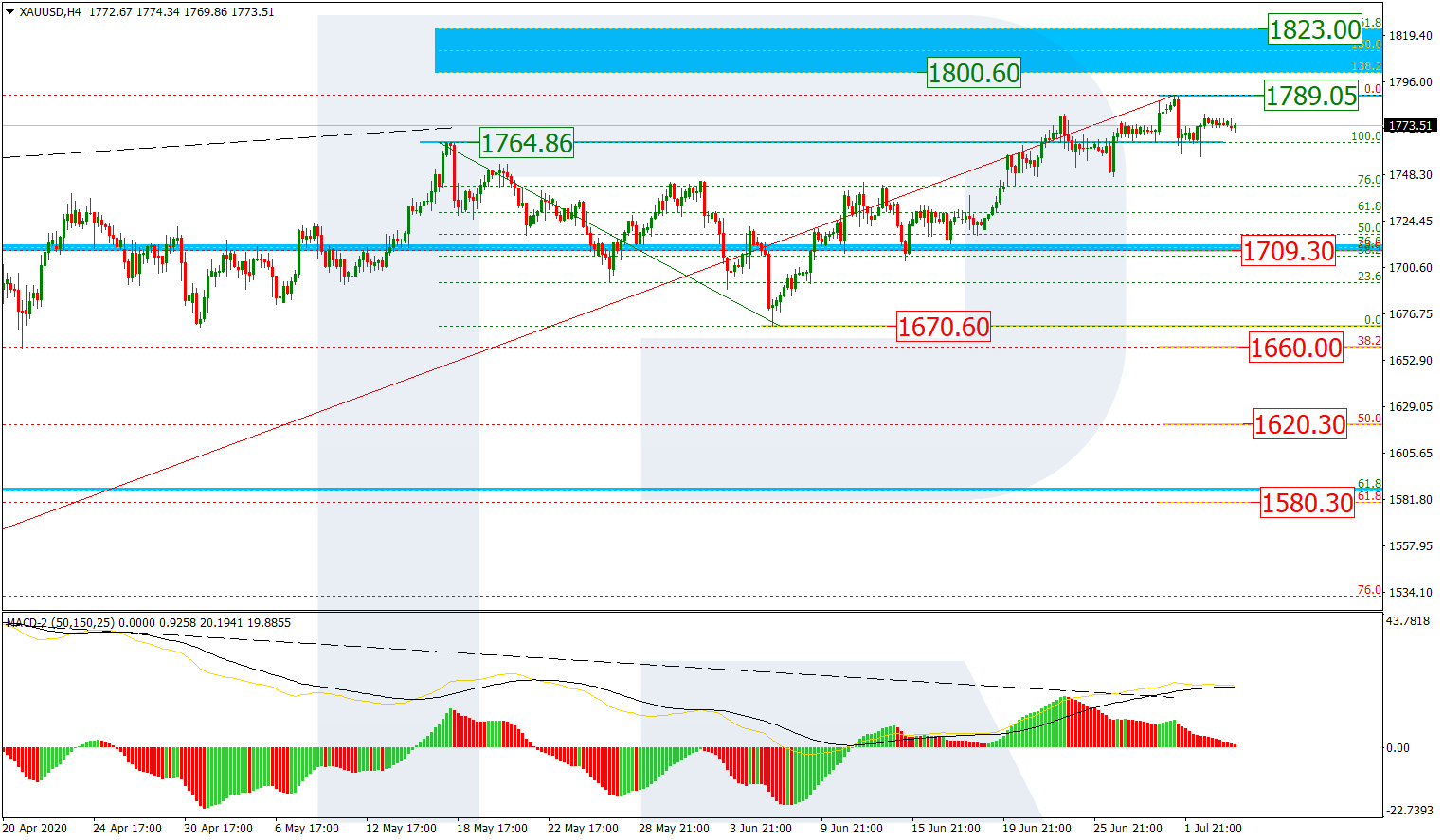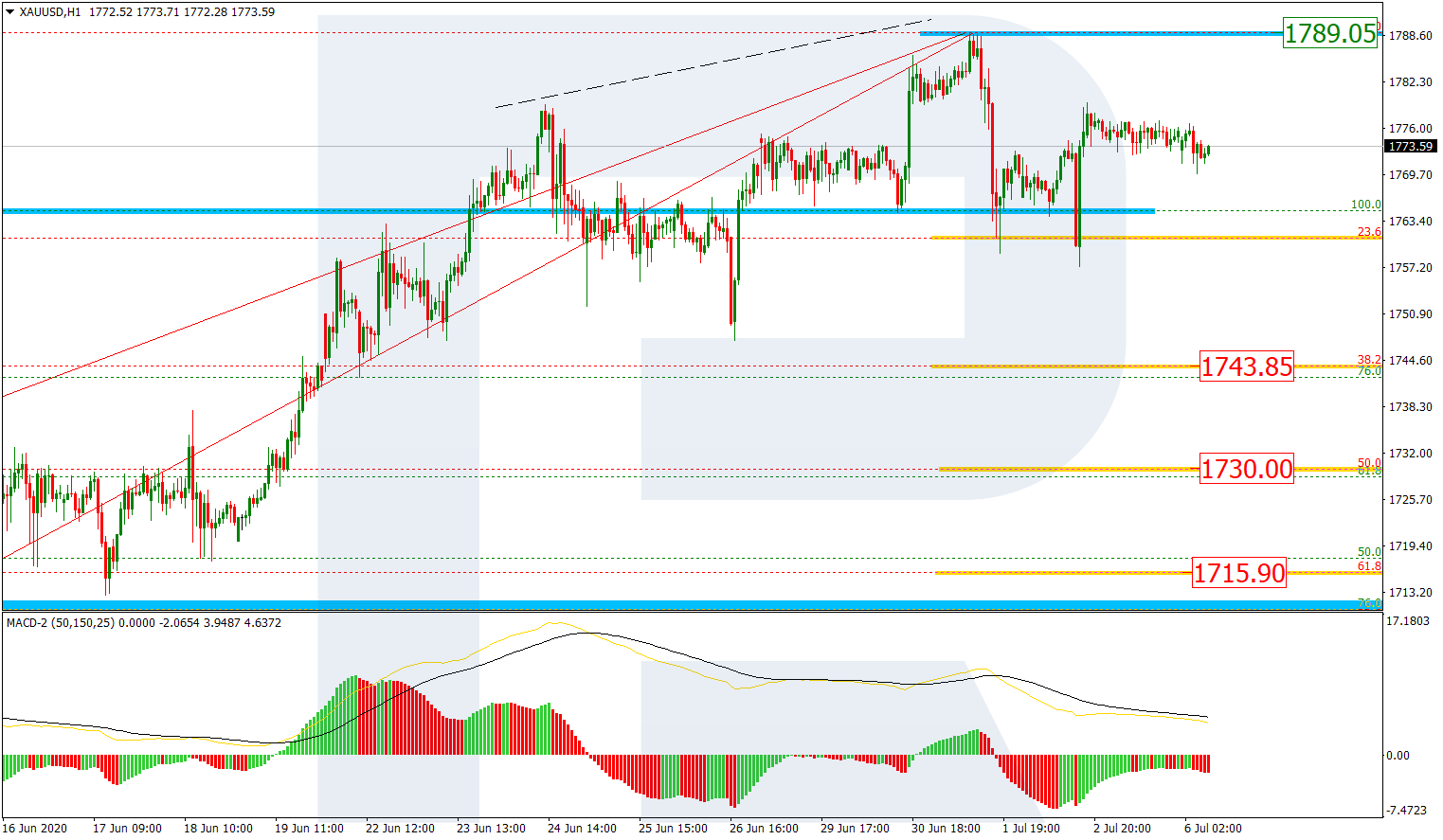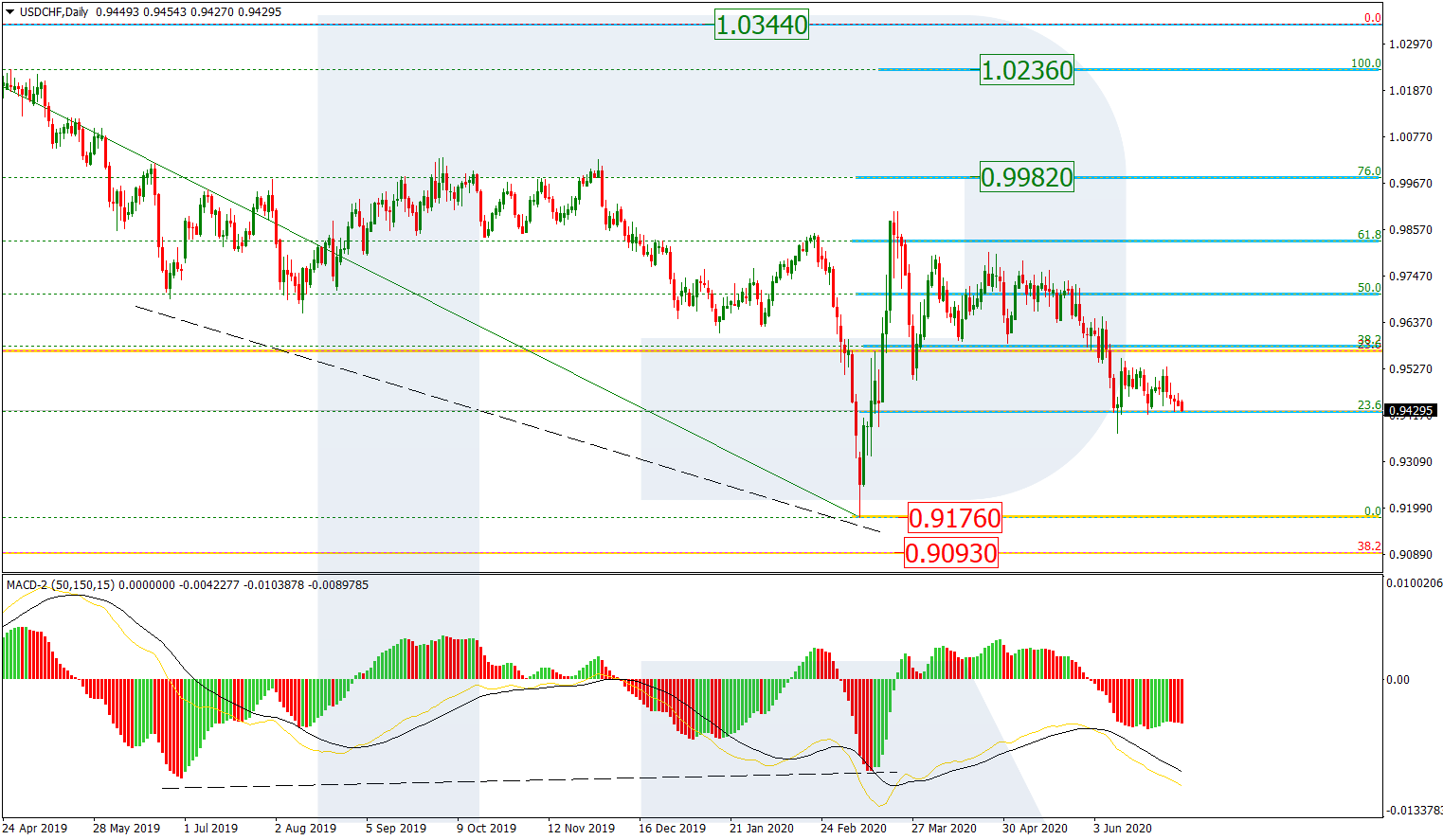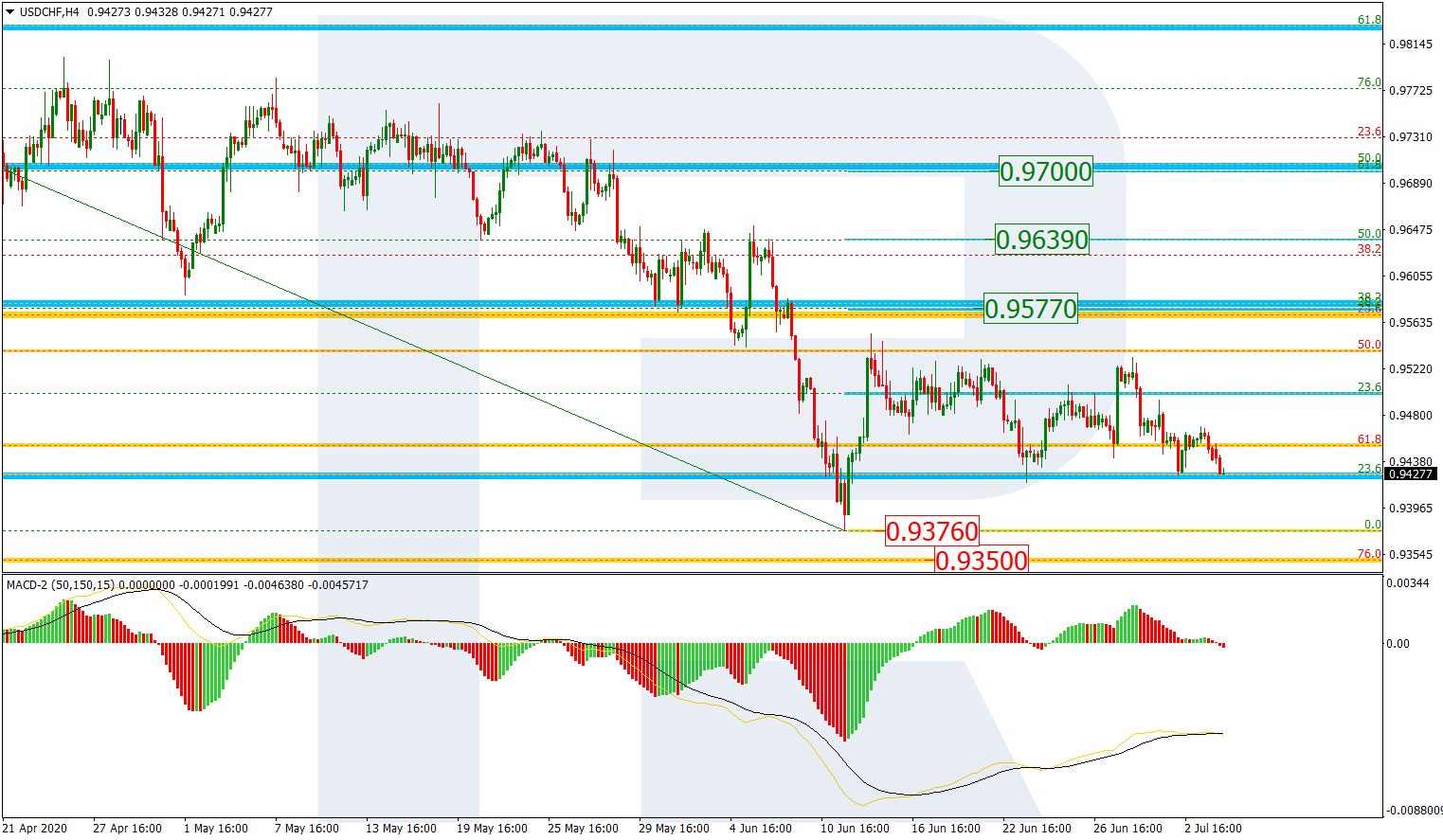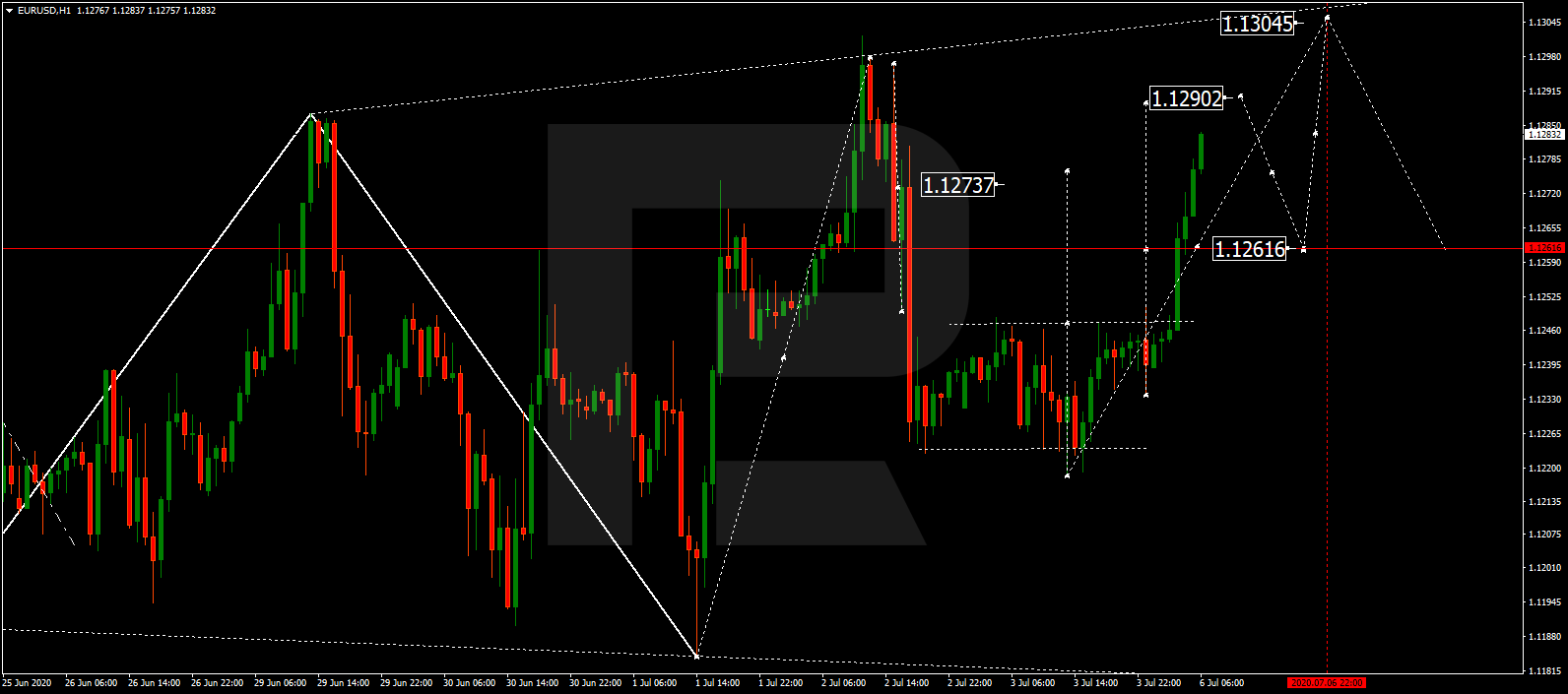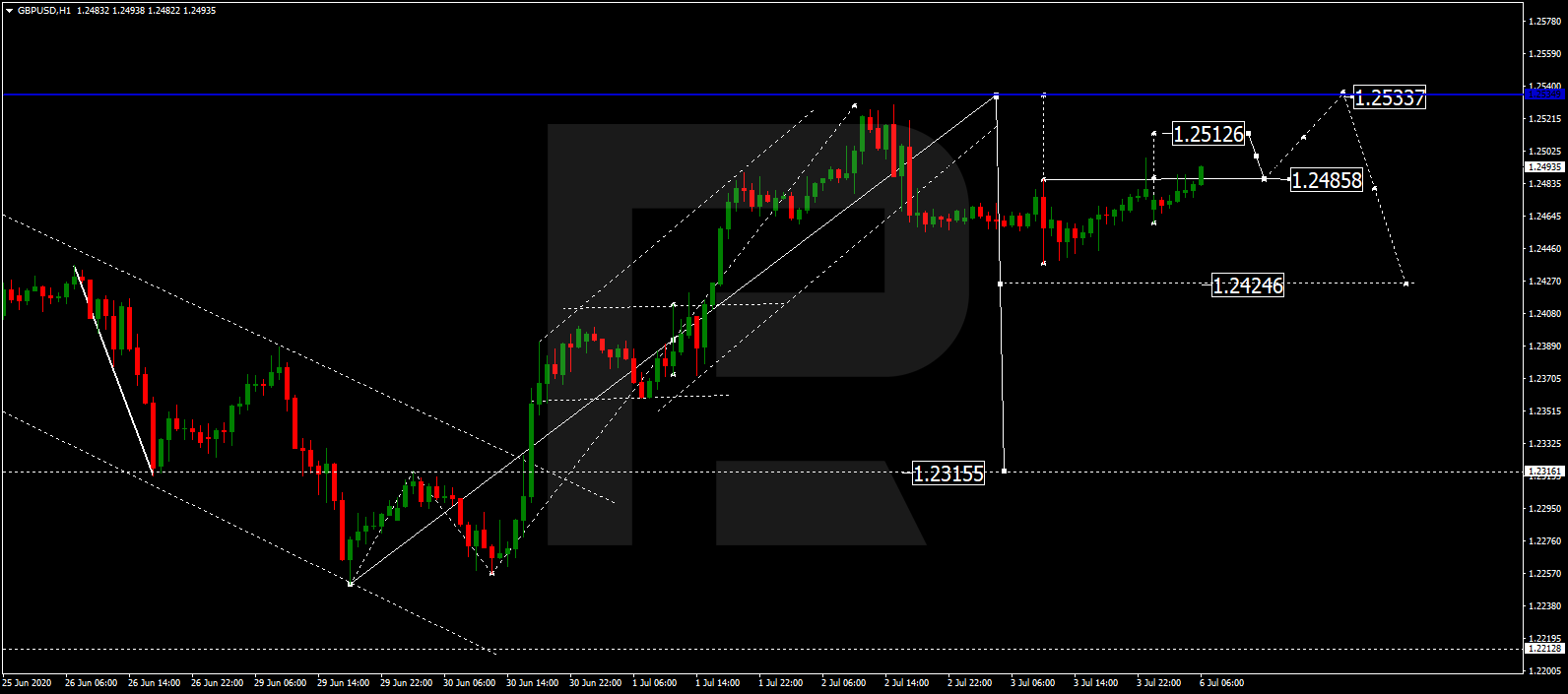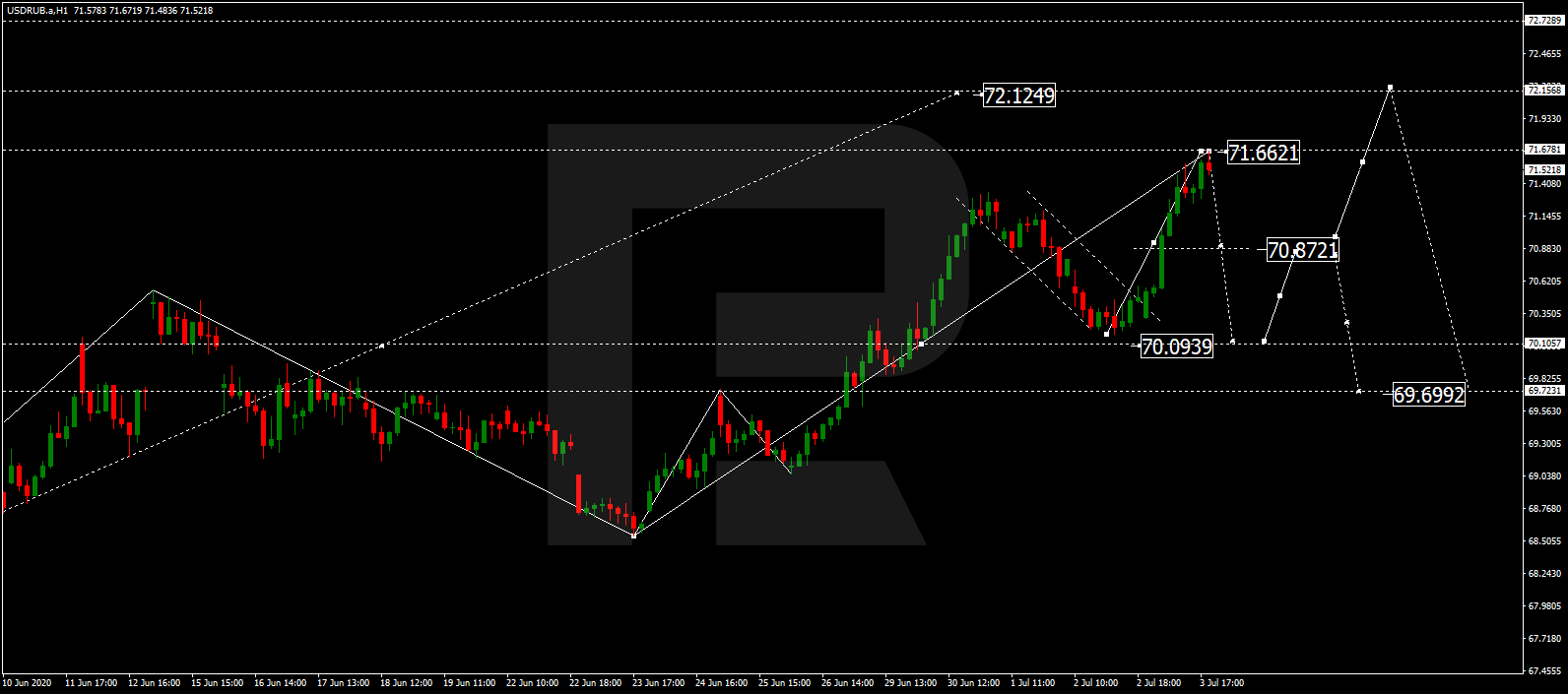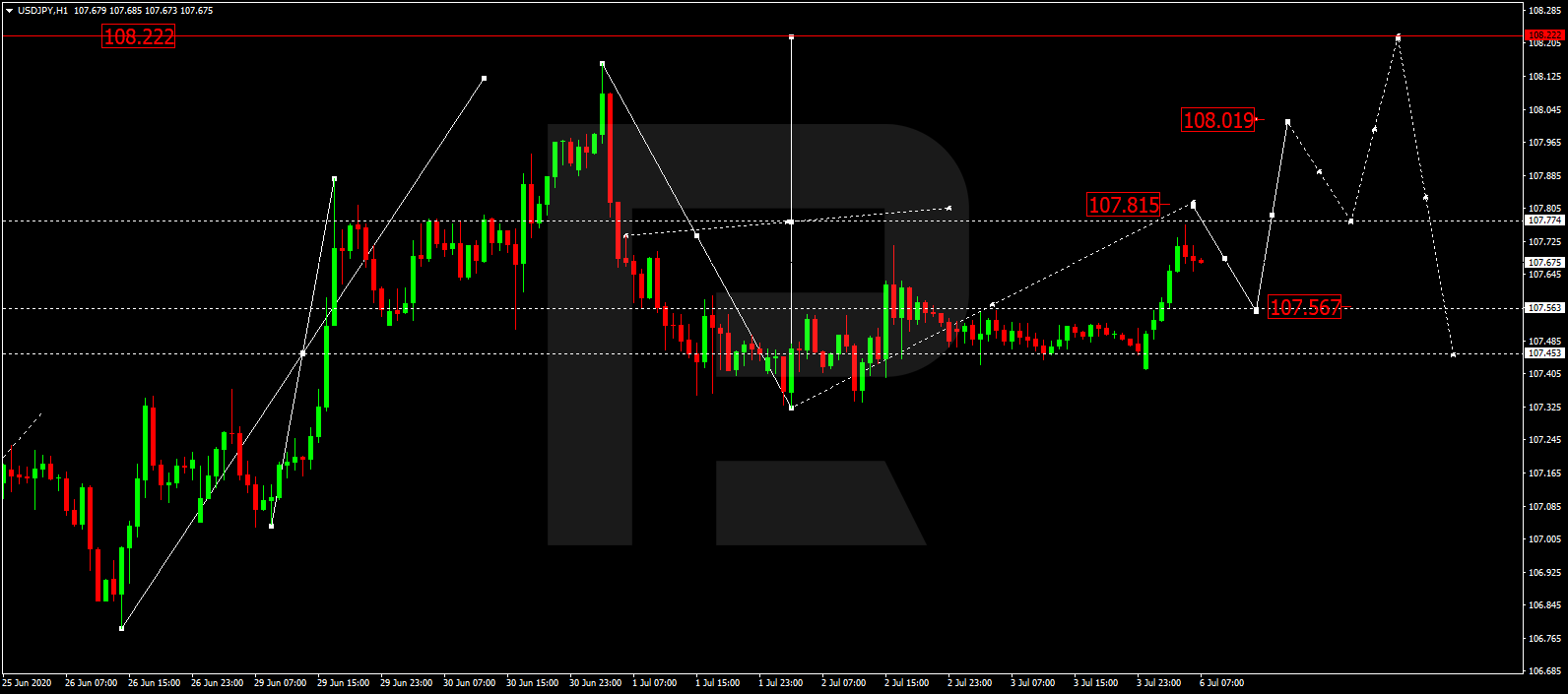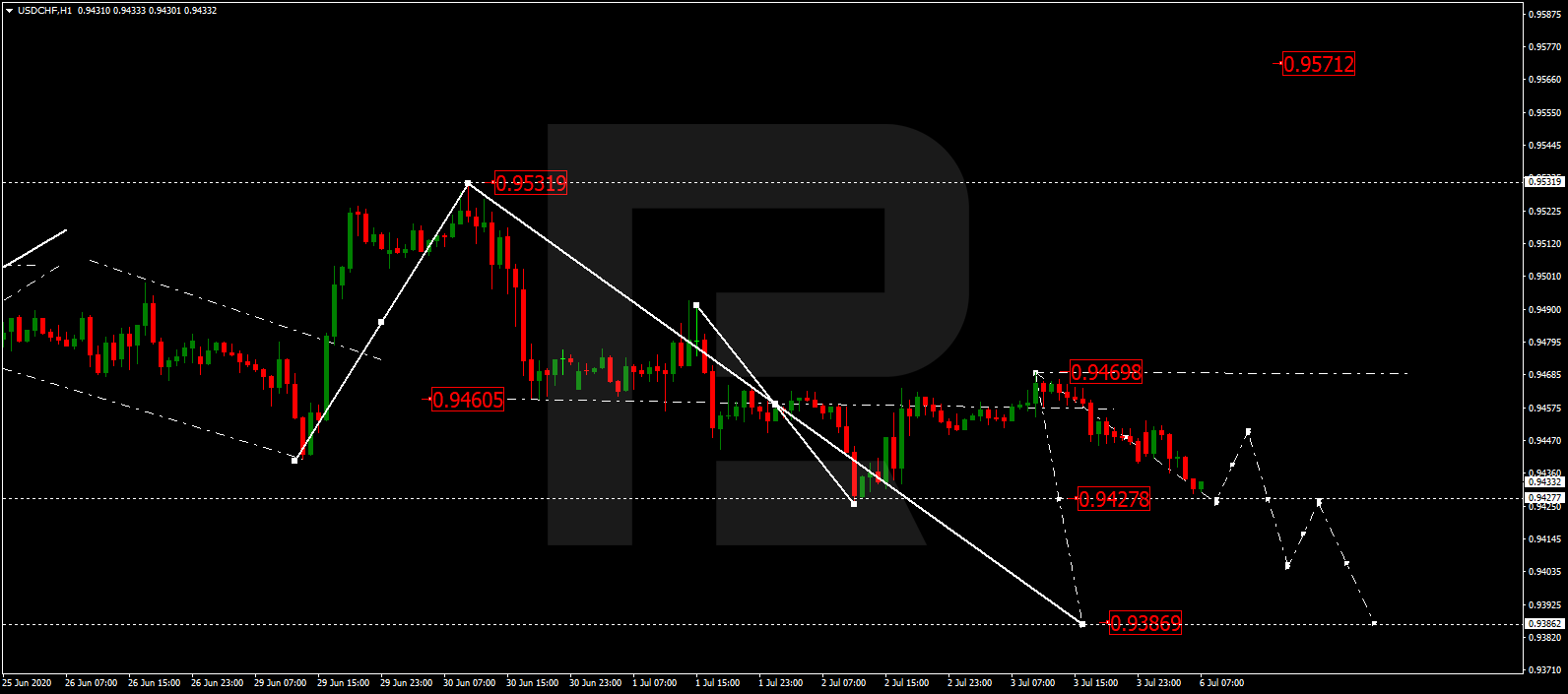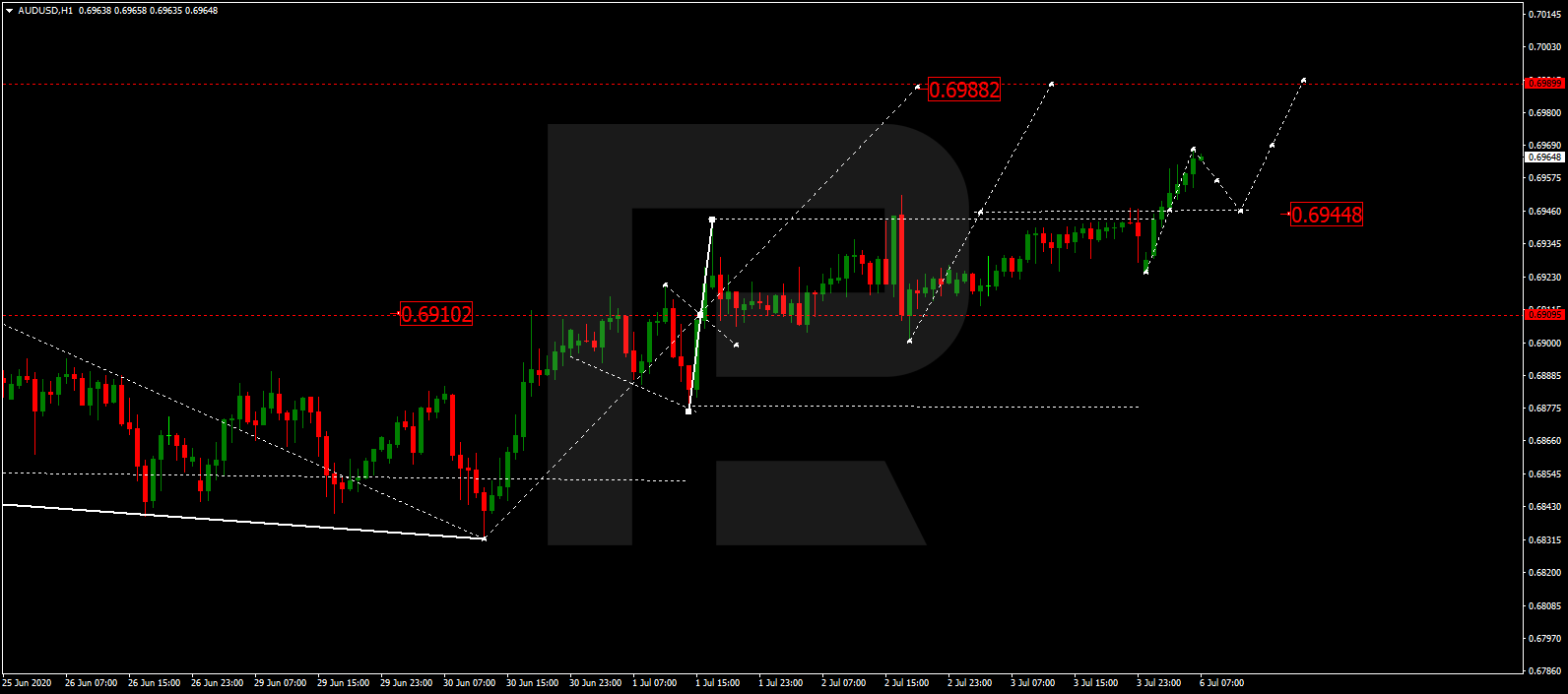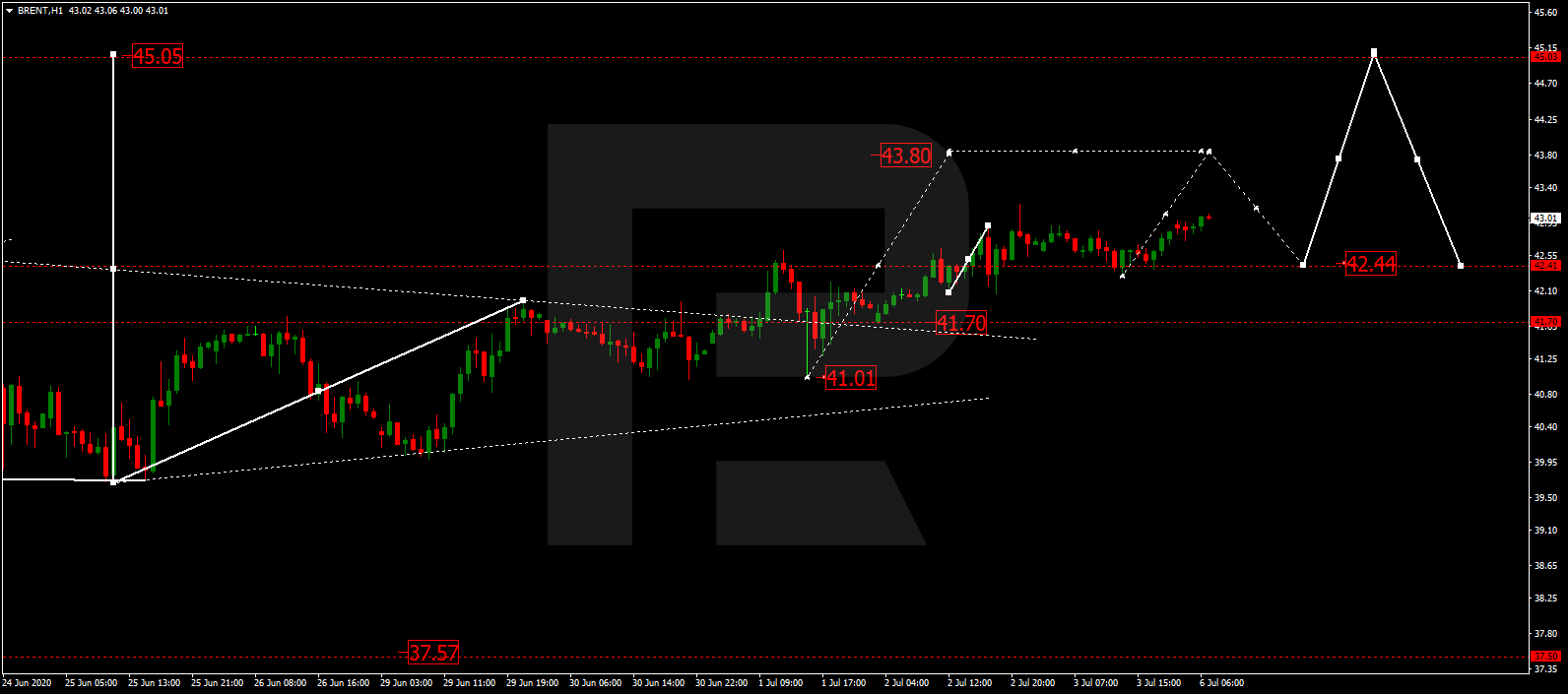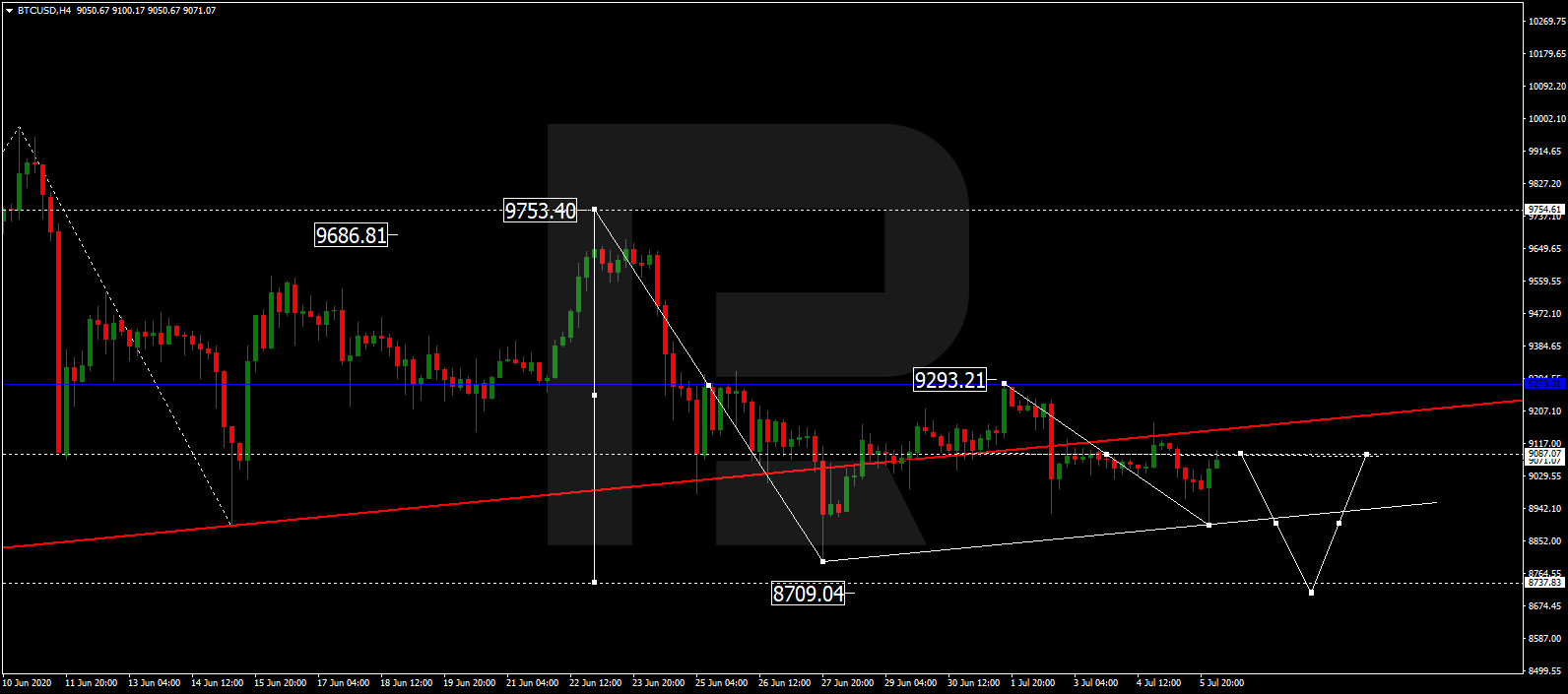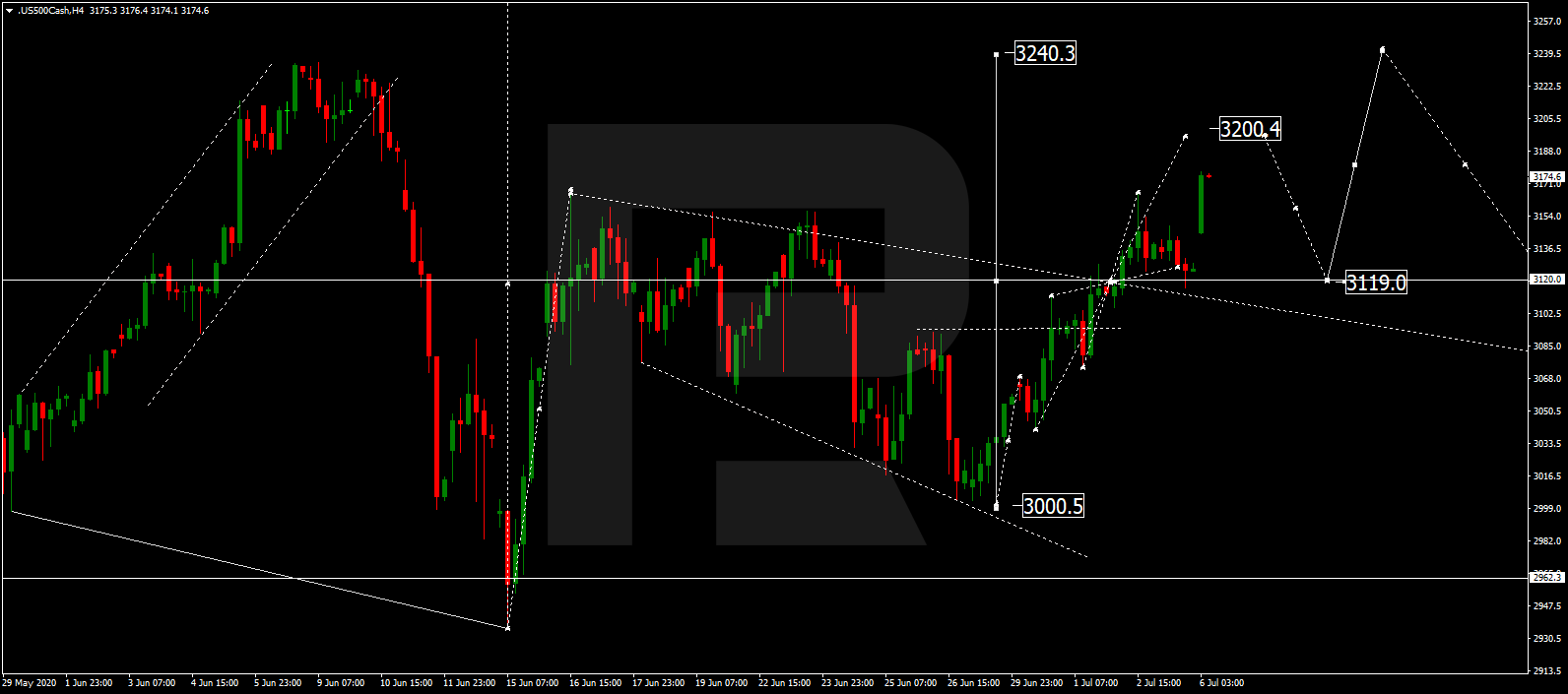By Carolyn Prouse, Queen’s University, Ontario; Beverley Mullings, Queen’s University, Ontario; Dairon Luis Morejon Perez, Queen’s University, Ontario, and Shannon Clarke, Queen’s University, Ontario
As governments around the world begin to reopen their borders, it’s clear that efforts to revive the economy are redrawing the lines between who will prosper, who will suffer and who will die.
Emerging strategies for restoring economic growth are forcing vulnerable populations to choose between increased exposure to death or economic survival. This is an unacceptable choice that appears natural only because it prioritizes the economy over people already considered marginal or expendable.
The management of borders has always been central to capitalist economic growth, and has only intensified with neoliberal reforms of the last several decades. Neoliberal economic growth has increasingly become tied to opening up national borders to the flow of money and the selective entry of low-wage labour with limited access to rights.
Nation-state borders regulate this flow, and in so doing, reconstitute the borders between people: those whose lives must be safeguarded and those who are considered disposable.
COVID-19 has brought heightened visibility to these border-making practices, with the pandemic intensifying the decisions between economic and social life.
Image by Miroslava Chrienova from Pixabay
Exceptions made for seasonal workers
Early in the outbreak, for instance, Canada closed its borders to international travel, but made exceptions for an estimated 60,000 seasonal agricultural workers from Latin America and the Caribbean.
Anxious to avert the potential loss of as much as 95 per cent of this year’s vegetable and fruit production, temporary farm workers were deemed the essential backbone of the agri-food economy. For the health and safety of Canadians and seasonal farm workers, farmers required the farm workers to self-isolate for 14 days in order to prevent the spread of the virus.
But the deaths of two farm workers in Windsor, Ont., and serious outbreaks of COVID-19 infections among migrant workers on farms across the country, have revealed systemic forms of racism that reveal the priority given to profit maximization over the health and safety of Black and brown migrant farmers.
Under the Temporary Foreign Worker Program, migrant farmers are not entitled to standard labour rights such as a minimum wage, overtime pay or days off, and federal oversight over housing conditions has been notoriously inadequate.
With worker welfare left largely to the discretion of employers, it is not altogether surprising that reports of crowded and unsanitary housing, an inability to socially distance, delays in responding to COVID-19 symptoms and threats of reprisals for speaking out have become rife throughout the agri-food economy. Even as COVID-19 cases soar in Ontario, provincial guidelines make it possible for infected farm workers to continue working if they are asymptomatic.
It is a tragic irony that the quest for a better life among migrant workers should be one that demands levels of exposure to abuse, threats, infection and premature death that few citizens are likely to face.
Choosing between health and the economy
Now, as governments speak of opening borders more widely due to the economic costs of COVID-19, countries are beginning to make new, challenging decisions between public health and economic growth.
For example, across the Caribbean, the abrupt closure of international borders decimated the region’s tourism industry overnight. Estimating a contraction of the industry of up to 70 per cent, Standard & Poor has already predicted that some islands will experience significantly deteriorated credit ratings.
For example, with tourism accounting for half of Jamaica’s foreign exchange earnings and more than 350,000 jobs, it is not entirely surprising that the tourism minister has justified re-opening as “not just about tourism. It is a matter of economic life or death.” It’s also not surprising that resort chains like Sandals and airlines alike have been eager to resume business as usual.
But assurances that “vacations are back,” even as new cases emerge, ring hollow given that most Caribbean countries have long struggled with overburdened health-care systems. And even with new protocols for screening, isolating or restricting the mobility of infected visitors, it is likely that the region’s poorer citizens — many of whom are women in front-line hospitality services — will bear the brunt of the costs of new infections.
Unequal dependencies
The dependence of Caribbean and Latin American governments on tourism and remittance dollars, and Canada’s dependence on Black and brown people to carry out low-paid essential work, are unequal dependencies that are intimately tied. For the most vulnerable, these dependencies mark the stark overlap between economic life and COVID-19 death.
Yet COVID-19 has also presented us with a unique opportunity to rethink the border inequalities that have governed our lives and the primacy of the economy within it.
It forces us to ask: Who does “the economy” serve? What types of activities are valued or dismissed when we prioritize economic growth? Whose life is valued, and whose continues to be expendable?
Prioritizing the economy over the lives of the poorest and most vulnerable should never be an acceptable fix.
About the Authors:
This is a collaborative article written by members of the Global Economies and Everyday Lives Lab at Queen’s University, Canada. Nathalia Ocasio Santos, Grace Adeniyi Ogunyankin, Priscilla Apronti, Hilal Kara and Tesfa Peterson co-authored this piece.![]()
Carolyn Prouse, Assistant Professor of Human Geography, Queen’s University, Ontario; Beverley Mullings, Professor of Geography, Queen’s University, Ontario; Dairon Luis Morejon Perez, Phd Student in Geography and Urban Planning, Queen’s University, Ontario, and Shannon Clarke, PhD Student in Geography, Queen’s University, Ontario
This article is republished from The Conversation under a Creative Commons license. Read the original article.

